Transforming a home into an antique showroom requires a thoughtful blend of historical charm and modern sensibilities. Whether you’re working with a historic property or aiming to create a vintage-inspired space, the goal is to infuse your living areas with timeless elegance. By incorporating antique home decorating tips, you can bring a unique aesthetic to your space while preserving its character. From selecting the right pieces to blending textures and styles, the key lies in balancing authenticity with contemporary design. This guide explores how to make your home look antique, style antiques in your space, and understand the nuances between vintage and antique decor. With the right approach, you can achieve a cohesive look that pays homage to the past while feeling fresh and relevant today.
Key Takeaways
– Vintage decor adds authenticity and uniqueness to your home, blending history, craftsmanship, and charm to create a one-of-a-kind environment.
– What defines vintage decor? Items aged 20–99 years, showcasing timeless designs, patina, and historical significance.
– Incorporating vintage pieces enhances your space by mixing styles and textures, fostering an eclectic, personalized atmosphere.
– Why choose vintage? Support sustainability, embrace storytelling, and enjoy pieces rich in character and history.
– Transform your old house with cohesive color palettes, updated hardware, and thoughtful lighting solutions from Retro Sales.
– Vintage-inspired flooring and rugs add warmth and texture, while lighting fixtures enhance ambiance.
– Soft furnishings and decorative accents infuse personality, using throw pillows, curtains, and vintage textiles.
– Antiques and collectibles personalize your space, honoring heritage while reflecting your unique style.
– Where to source vintage finds? Explore Retro Sales for curated, authentic pieces that elevate your decor.
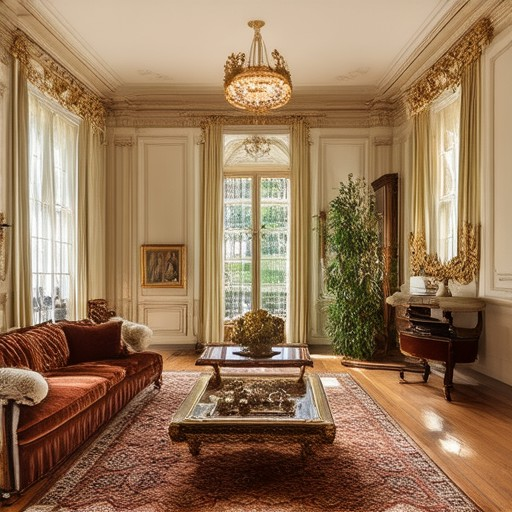
How to Make Your Home Look Antique
To achieve an antique look in your home, consider these thoughtful strategies:
1. Curate Vintage Furniture
Start by sourcing furniture that reflects timeless styles. Look for pieces that exude character, such as those with intricate carvings, distressed finishes, or unique textures. Consider visiting local antique stores or exploring online platforms known for vintage finds.
2. Opt for Muted Color Palettes
Choose paint colors that evoke a sense of history, such as deep earth tones, muted greens, or rich browns. These hues create a warm, inviting atmosphere reminiscent of bygone eras. Stick to neutrals or soft tones to maintain a cohesive and timeless appearance.
3. Incorporate Textures
Add texture to your spaces through wallpaper, fabric drapes, or woven rugs. Subtle patterns, like floral motifs or geometric designs, can enhance the antique feel without overwhelming the room. Consider using these elements in focal areas like walls or seating arrangements.
4. Utilize Statement Lighting
Install lighting fixtures that command attention, such as chandeliers or pendant lights with Edison bulbs. These elements contribute significantly to the ambiance, mimicking the elegance of classic interiors.
5. Arrange Furniture Thoughtfully
Arrange your furniture to create a balanced composition. Begin with a statement piece, like a grand mirror or console table, to anchor the room. Layer textures and styles around it, ensuring each element complements the others without clashing.
6. Add Decorative Accents
Enhance your space with decorative items such as vintage photographs, art prints, or ornate frames. Display these in strategic locations, like above the fireplace or along the walls, to add visual interest and historical charm.
7. Coordinate Colors Cohesively
Stick to a color palette that feels timeless, such as grays, taupes, and soft whites. Test color swatches to ensure they harmonize well under various lighting conditions, creating a cohesive and inviting environment.
8. Personal Touches with Subtlety
Incorporate personal heirlooms or vintage items in a way that feels natural. Display them on shelves or as decorative elements, ensuring they blend seamlessly with the overall aesthetic. This adds a unique touch without overpowering the space.
9. Consider Window Treatments
Use drapes or curtains with heavy, textured fabrics to frame windows, contributing to the antique appeal. Consider sheer panels or valances to add dimension and soften the look while maintaining the classic vibe.
By thoughtfully combining these elements, you can transform your home into a space that feels authentically antique, filled with character and history.
How to Style Antiques in Your Home
Styling antiques in your home can transform your space into a unique, timeless retreat. Here’s how to approach this thoughtfully:
- Start with a Focal Point:** Begin by selecting a standout antique that commands attention, whether it’s a grand piece of furniture, a striking artwork, or a unique lighting fixture. Use this as the centerpiece of your room.
- Curate a Cohesive Palette:** Opt for a neutral base that complements the colors of your antiques. Consider using soft grays, muted whites, or earthy tones to create a balanced backdrop. Introduce pops of color with throw pillows, curtains, or artwork inspired by the era of your antiques.
- Layer Thoughtfully:** Add texture and depth by layering rugs, blankets, or throws. Use vintage textiles or woven pieces to enhance the tactile experience of your space.
- Play with Light:** Highlight your antiques with strategic lighting. Use table lamps, wall sconces, or even a statement chandelier to create ambient light that draws attention to your pieces.
- Mix Styles with Confidence:** Don’t shy away from blending different periods. A mid-century modern sofa paired with a Victorian armchair, for instance, creates an eclectic yet harmonious look. Balance is key—avoid overcrowding with similar styles.
- Add Accessories:** Personalize your space with vintage jewelry, art prints, or small decorative items. These can act as bridges between different eras while adding a personal touch.
- Preserve and Care:** Regularly clean your antiques to maintain their condition. Refinish or repair pieces as needed to ensure they remain in great shape for years to come.
- Display Thoughtfully:** Use open shelving, curved displays, or custom-built cabinets to showcase your antiques. Group similar items together for visual interest, like arranging vintage clocks on a wall or displaying a collection of glassware on a shelf.
By mixing textures, colors, and eras, you can create a space that feels lived-in and full of character. Remember, the goal is to let your antiques shine while creating a welcoming environment that reflects your personal style.
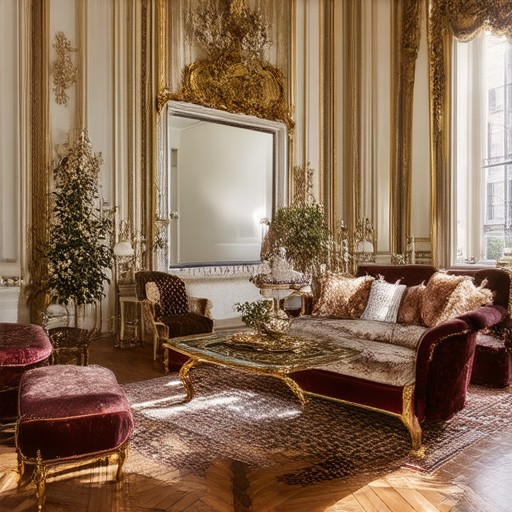
How to Make Your Room Look Antique
To achieve an antique look in your room, focus on creating a timeless atmosphere by incorporating classic elements and textures. Here’s a step-by-step guide:
- Choose a Timeless Color Palette : Opt for earthy tones like deep browns, muted greens, and soft grays. These colors evoke a sense of history and warmth, perfect for an antique vibe.
- Incorporate Vintage Furniture : Select pieces with intricate details, such as carved woodwork or unique upholstery. Consider shopping at Retro Sales for authentic vintage finds that add character to your space.
- Layer Textures : Mix fabrics and materials to create depth. Layer thick woolen blankets, velvet drapes, or leather accents for a luxurious, antique feel.
- Add Antiqued Mirrors : Frame mirrors with ornate or distressed frames to reflect light and create a classic ambiance.
- Use Vintage Lighting : Install lamps or chandeliers with a retro or Victorian design. Pendant lights or table lamps with fabric shades can complement the theme.
- Accessorize with Antiques : Incorporate small vintage items like ceramic vases, brass knickknacks, or old photographs framed in vintage-style frames.
- Play with Patterns : Introduce floral or geometric patterns in wallpaper or throw pillows for a touch of elegance.
- Curate Books and Art : Display vintage books or artwork in vintage frames to add intellectual charm to the room.
- Create a Cozy Corner : Arrange a comfortable seating area with a vintage sofa or armchair, adorned with throws and cushions.
- Use Sheer Curtains : Add softness to windows with sheer curtains in neutral tones, reminiscent of bygone eras.
- Incorporate Natural Elements : Add plants or flowers in vintage pots to bring life and nature indoors.
- Mix Old and New : Don’t shy away from blending antique pieces with modern accents to strike a balance between classic and contemporary.
By thoughtfully combining these elements, you can transform your room into a charming, antique-inspired retreat that feels both cozy and sophisticated.
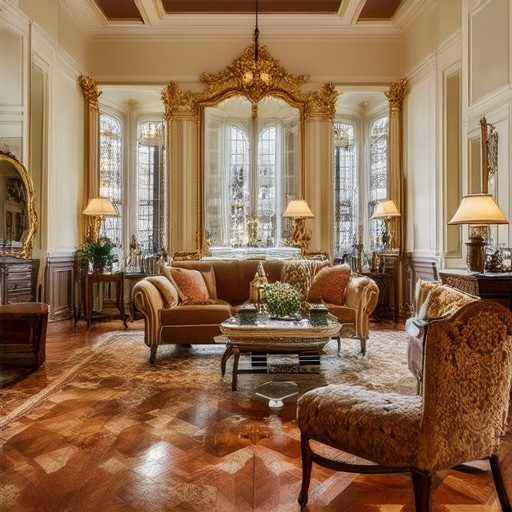
What is Considered Vintage in Home Decor?
Vintage decor refers to items that are at least 20 years old but less than 100 years old. These pieces reflect the design, craftsmanship, and aesthetic of earlier eras, often featuring unique materials, intricate details, and a sense of history.
Key Characteristics of Vintage Decor
- Age Range: Typically spans from the early 20th century (1920s) to the late 20th century (1990s).
- Materials: Often made from natural materials like wood, metal, glass, and ceramic, which develop a distinct patina over time.
- Design Style: Features timeless designs, such as mid-century modern, art deco, Victorian, or retro aesthetics.
- Condition: Pieces may show signs of wear, scratches, or imperfections, adding to their character and story.
Why Choose Vintage Decor?
Vintage items offer a unique combination of history, craftsmanship, and charm. They can transform a space into a personalized retreat that tells a story, while also supporting sustainability by reusing historic pieces.
How to Incorporate Vintage Pieces
- Mix textures and styles to create a eclectic atmosphere.
- Consider vintage lighting, furniture, and decorative accents that complement your space.
- Add personality with unique artifacts, photographs, or vintage textiles.
Where to Find Vintage Decor
Explore local antique stores, flea markets, or online platforms like Retro Sales for curated vintage finds. Remember to inspect items for quality and authenticity before purchasing.
Summary
Vintage decor is characterized by its age, unique design, and historical significance. By incorporating vintage elements, you bring timeless beauty and storytelling into your home, creating a one-of-a-kind environment that reflects your personal style.
What’s the Difference Between Antique and Vintage?
The terms “antique” and “vintage” are often used interchangeably, but they refer to distinct categories of collectible items with unique characteristics:
Antique
Antiques are objects that are at least 100 years old, though sometimes defined as being over 75 years old. These items reflect the design, craftsmanship, and cultural values of earlier eras. Antiques can include furniture, jewelry, art, clocks, and other decorative or functional items.
Vintage
Vintage items are typically from a specific year or decade, often associated with a particular era known for its unique style. The term “vintage” originated in the wine industry to denote the year of production, but it has since been adopted to describe products from the late 19th and early 20th centuries. Common examples include clothing, accessories, and home decor from the 1920s, 1930s, and 1950s.
Key Differences
- Age: Antiques are generally older (over 100 years), while vintage items are tied to a specific era or year (often 20th century).
- Style: Vintage pieces often reflect the design trends of a particular decade, whereas antiques may span various styles and periods.
- Value: Both can be highly valued, but antiques may command higher prices due to their age and rarity compared to vintage items.
- Desirability: Vintage items are sought after for their historical significance and association with iconic designs, while antiques are appreciated for their timeless appeal and craftsmanship.
Both categories are popular among collectors and enthusiasts, with many finding a special place in their collections. To explore these unique pieces, you can visit Retro Sales , a dedicated platform for vintage enthusiasts and collectors.
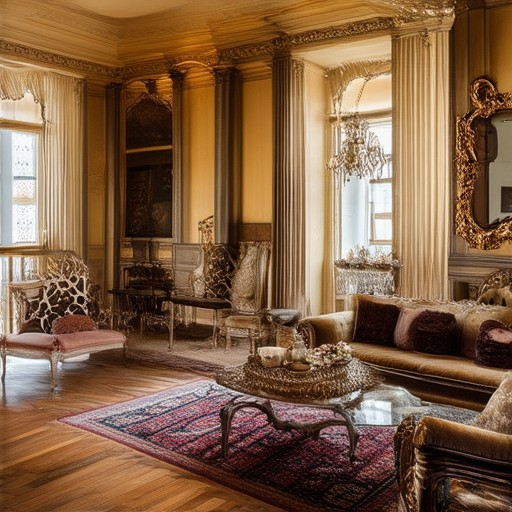
How to Decorate Your Old House
Decorating an old house can be a rewarding project that combines history with modern style. Here’s a step-by-step guide to transforming your traditional home into a charming living space:
1. Choose a Cohesive Color Palette
- Select paint colors that complement the original woodwork and architectural details. Neutral tones like beige, gray, and light blue work well for creating a calming atmosphere.
- Consider using a color wheel to find complementary shades that harmonize with each other. For instance, pairing soft greens with warm yellows can create a fresh yet inviting look.
- Always test paint swatches on large areas like walls before committing to full coverage.
2. Update Hardware and Fixtures
- Replace outdated door handles, knobs, and lighting fixtures with vintage or contemporary options that match the home’s style. Retro Sales offers a variety of period-appropriate hardware that can elevate your space.
- Don’t be afraid to mix metals. Polished nickel and unlacquered brass can coexist beautifully, adding warmth and contrast to your decor.
- Bathrooms can benefit from new shower curtains, towels, and bath mats that tie into your overall color scheme. Check out Retro Sales’ collection of vintage-inspired bath linens.
3. Opt for Timeless Flooring Options
- If your floors are looking worn, consider refinishing or repainting them to restore their original beauty. Dark hardwood floors can add a rustic charm, while white-washed floors offer a clean, modern touch.
- For a cozy feel, add area rugs in bold patterns or textures that echo the room’s decor. Retro Sales has a selection of handcrafted rugs that blend seamlessly with traditional interiors.
4. Incorporate Thoughtful Lighting Solutions
- Install dimmer switches to create ambiance in reading nooks or dining areas. Retro Sales carries a range of vintage-inspired lighting fixtures that can transform your space.
- Add table lamps or wall sconces with frosted glass for a touch of elegance. Consider energy-efficient LED bulbs to maintain functionality while preserving the aesthetic.
- Don’t forget to update ceiling fans or chandeliers to complement your new color palette. Retro Sales offers custom fan blades that can mimic the look of antiques.
5. Add Soft Furnishings for Texture
- Introduce throw pillows and blankets in floral or geometric patterns to add visual interest to seating areas. Retro Sales provides a variety of vintage-style textiles that can enhance your decor.
- Hang decorative curtains or drapes with tie-backs that match your window treatments. Sheer fabrics can add a delicate touch without blocking natural light.
- Accessorize with woven baskets, leather trays, and vintage-inspired jewelry organizers to keep surfaces clutter-free and stylish.
6. Personalize Your Space with Antiques and Collectibles
- Shop at Retro Sales for unique finds like vintage furniture, artwork, and curios that reflect your personal style. These pieces often tell a story and add character to your home.
- Display family heirlooms in prominent places, such as on shelves or mantels, to honor your heritage while blending with your new decor.
- Consider adding plants or flowers in vintage pots to bring life and color into rooms.
Conclusion
Decorating an old house is about balancing authenticity with personality. By thoughtfully selecting colors, hardware, and accessories, you can create a space that feels both timeless and uniquely yours. Visit Retro Sales to discover tools and inspiration that will help you achieve your vision while celebrating the charm of yesterday.
Explore more ideas and products on our website: Retro Sales

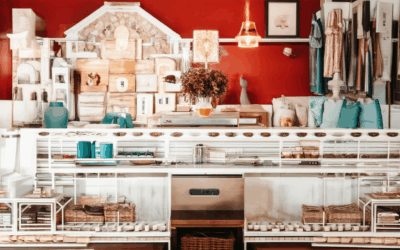
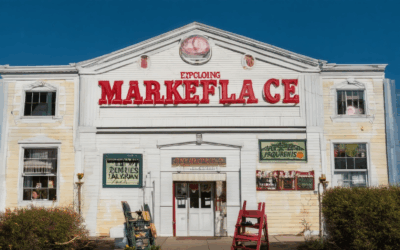
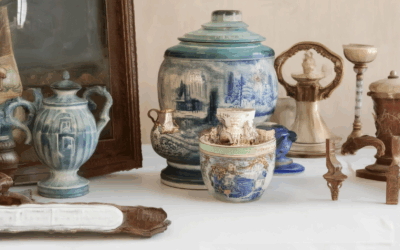
0 Comments